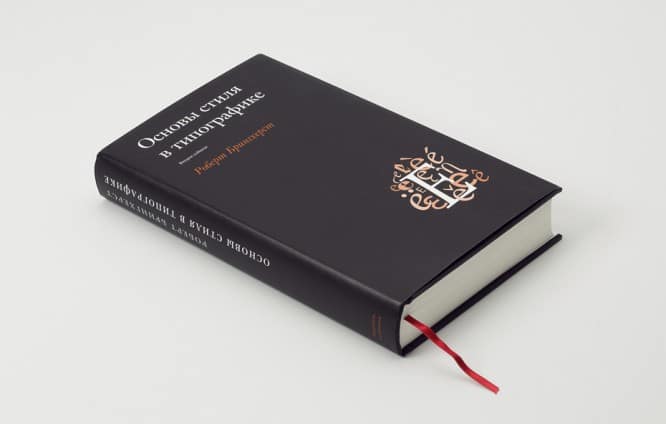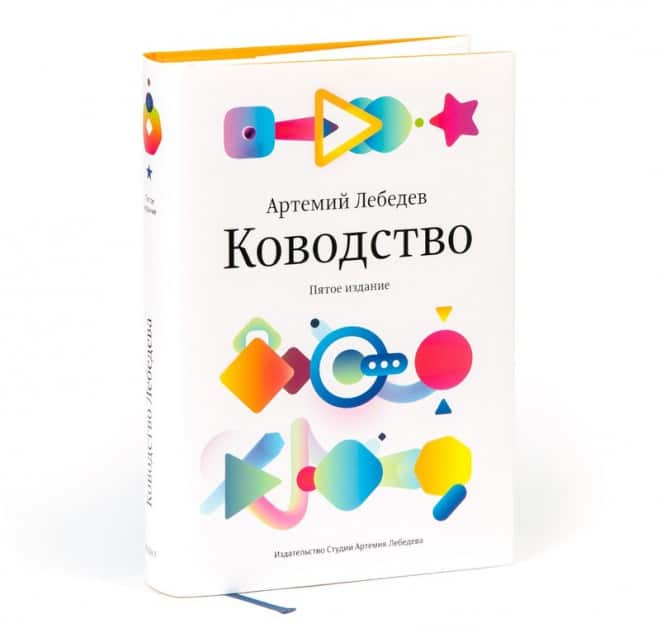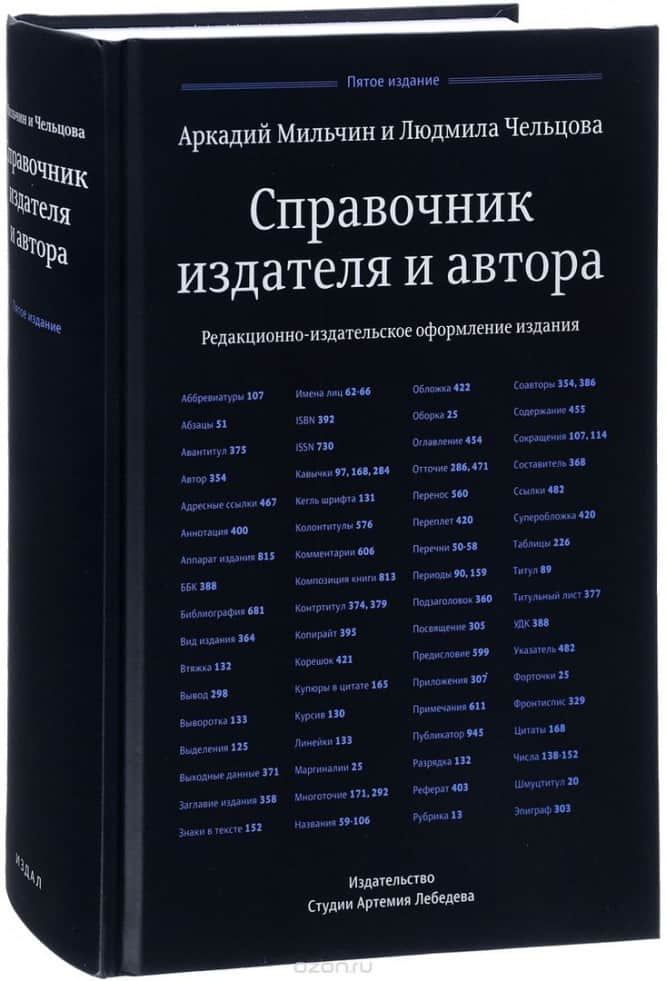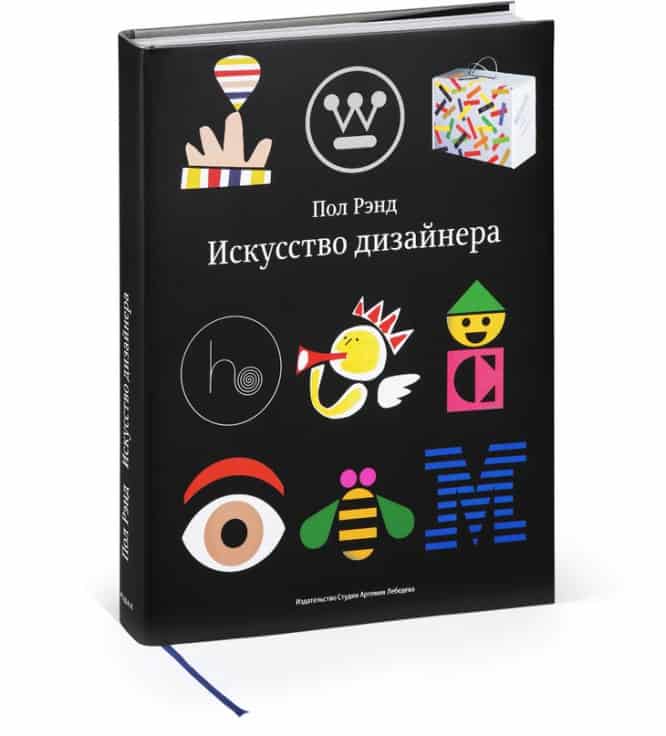Must read: designer handbooks
Must read: designer handbooks
Professional books will help form the basis for your work, develop the necessary skills and help you avoid the mistakes that predecessors stuffed the bumps on.
The selection features the top 5 most popular designer handbooks based on a survey of everyone in the AIC design department.
Before I tell you about books, I should immediately guide you along the path of reducing the cost of reading design literature – the Telegram channel “Books for Designers” collects these and other useful books and upload them for free.
The Elements of Typographic Style by Robert Bringhurst (online books available)

The book is about the principles of classical typography, quality criteria and the achievement of perfect text design. The author presents his thoughts in a structured and detailed way on almost all topics related to typography: about justification, skipping, kerning, tracking, font combination, historical reasons and peculiarities of the evolution of the font form.
An abundant amount of information with examples and pictures makes this book a truly tabletop book.
“Write, shorten”, Maxim Ilyakhov, Lyudmila Sarycheva

A popular reference book for editors, designers, and anyone else who needs to write informational copy. The book is filled with rules and word lists that you can safely remove from the text.
By following simple instructions, you will learn how to write both short, simple letters and long, clear informational texts.
“Mankind”, Artemy Lebedev

A book compiled from articles published on the website of the Artemy Lebedev studio. The author reflects on the topic of typography, the structure of things, design, adding amusing comments and illustrations based on his personal experience.
One chapter is a short article on one topic.
“Publisher’s and Author’s Handbook”, Arkady Milchin and Lyudmila Cheltsova

The authors tried to substantiate as objectively as possible the form of elements of editions and types of text. The handbook sets out the rules and principles, following which you can simplify the perception and extraction of information as much as possible.
All material is well organized and suitable for frequent reference to the reference book.
The Art of the Designer by Paul Rand

Rand reflects on visual communication, corporate identity, commercial art, the tasks of a designer and his cultural role, ideas, symbolism and imagery in design, typography and much more.
The structured presentation of useful information, the accuracy of expression of thoughts and the fullness of many graphic works make the book irreplaceable.
A source: aic
…


